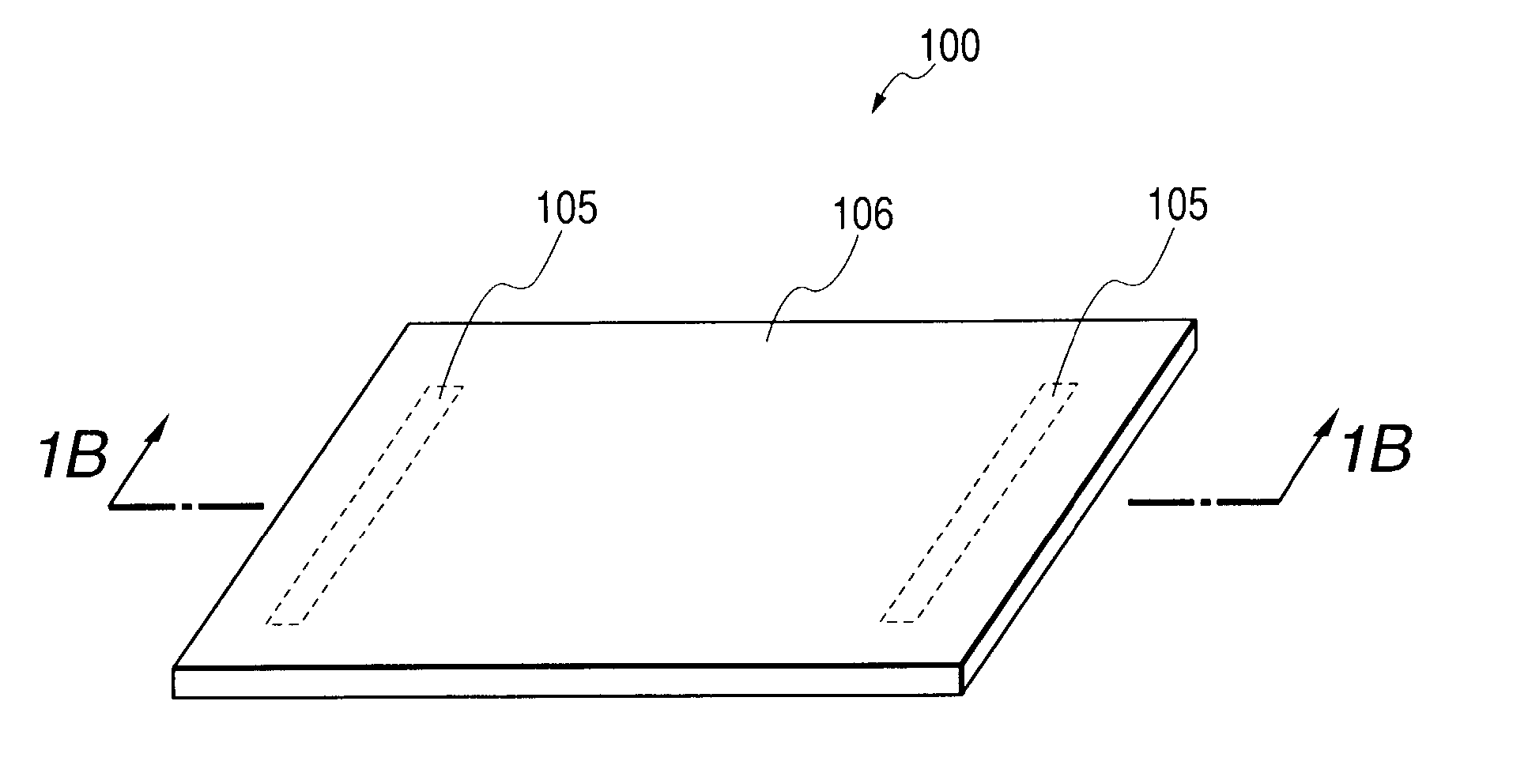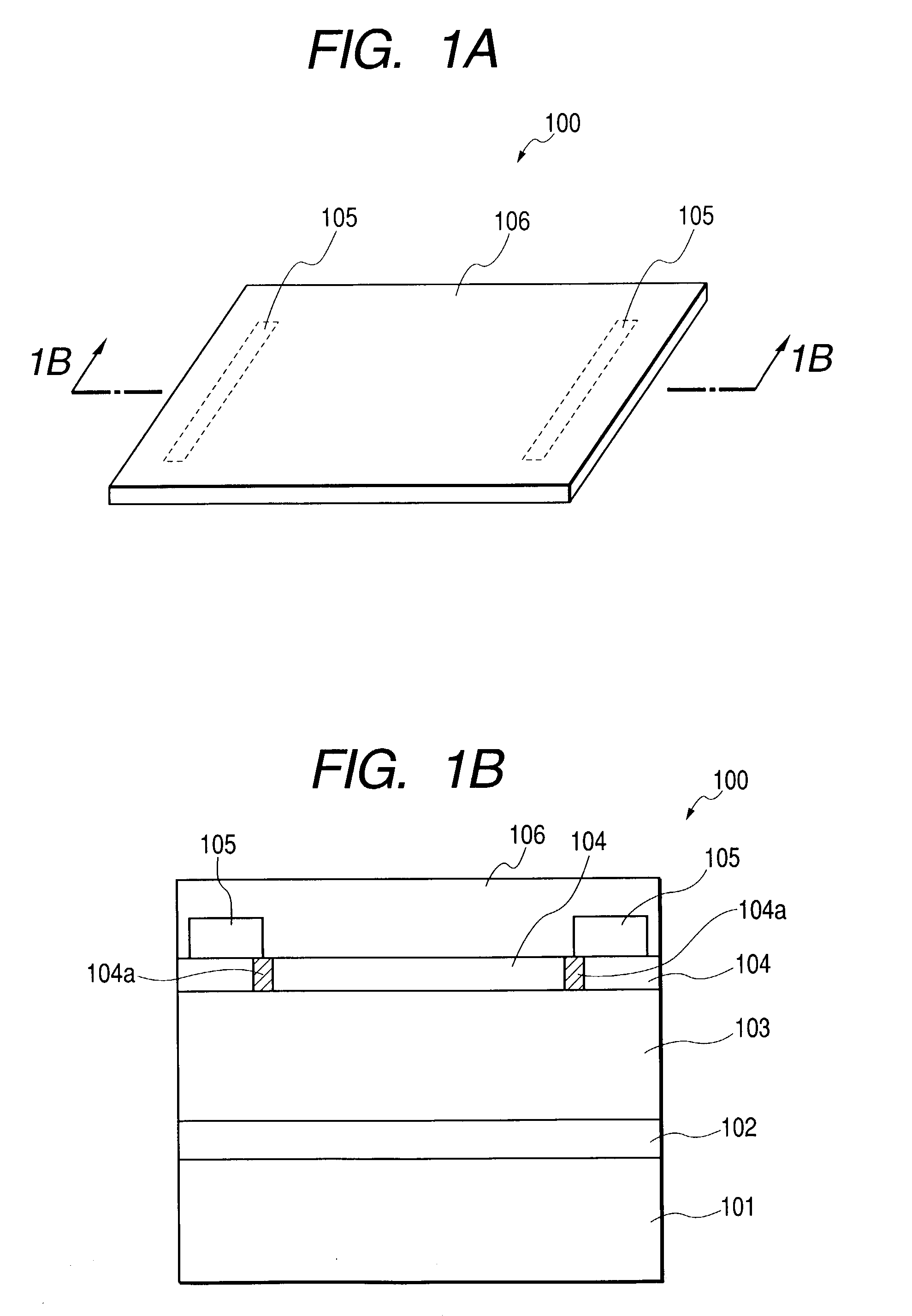Coating material and photovoltaic element
a photovoltaic element and coating material technology, applied in the direction of pv power plants, transportation and packaging, synthetic resin layered products, etc., can solve the problems of reducing conversion efficiency, reducing productivity, and varying characteristics of elements, and achieve high workability and production cost
- Summary
- Abstract
- Description
- Claims
- Application Information
AI Technical Summary
Benefits of technology
Problems solved by technology
Method used
Image
Examples
example 2
[0077] Photovoltaic elements was produced and evaluated similarly to Example 1 except that a crosslinking material made of methylated melamine, and curing temperature of 120.degree. C. were used. The evaluation results are shown in Table 1.
example 3
[0078] The photovoltaic elements were produced and evaluated similarly to Example 1 except that instead of the second polymeric material (1) in the Example 1, the second polymeric material (2) (hydroxyl value 30 mg / KOH) made by bonding a polymer component, which was polymerized from several kinds of monomers having vinyl group, and a polymer component including fluorine (fluorine content: 45%, average molecular weight: 5,000) was used. The evaluation results are shown in Table 1.
PUM
| Property | Measurement | Unit |
|---|---|---|
| mole ratio | aaaaa | aaaaa |
| mole ratio | aaaaa | aaaaa |
| light transmittance | aaaaa | aaaaa |
Abstract
Description
Claims
Application Information
 Login to View More
Login to View More - R&D
- Intellectual Property
- Life Sciences
- Materials
- Tech Scout
- Unparalleled Data Quality
- Higher Quality Content
- 60% Fewer Hallucinations
Browse by: Latest US Patents, China's latest patents, Technical Efficacy Thesaurus, Application Domain, Technology Topic, Popular Technical Reports.
© 2025 PatSnap. All rights reserved.Legal|Privacy policy|Modern Slavery Act Transparency Statement|Sitemap|About US| Contact US: help@patsnap.com


